Customer Service
info@bagsproducer.com
Work Hours
Monday to Friday: 9AM - 6PM
Company Address
No.188, Taixin Street, Quanzhou, Fujian Province, China
Customer Service
info@bagsproducer.com
Work Hours
Monday to Friday: 9AM - 6PM
Company Address
No.188, Taixin Street, Quanzhou, Fujian Province, China
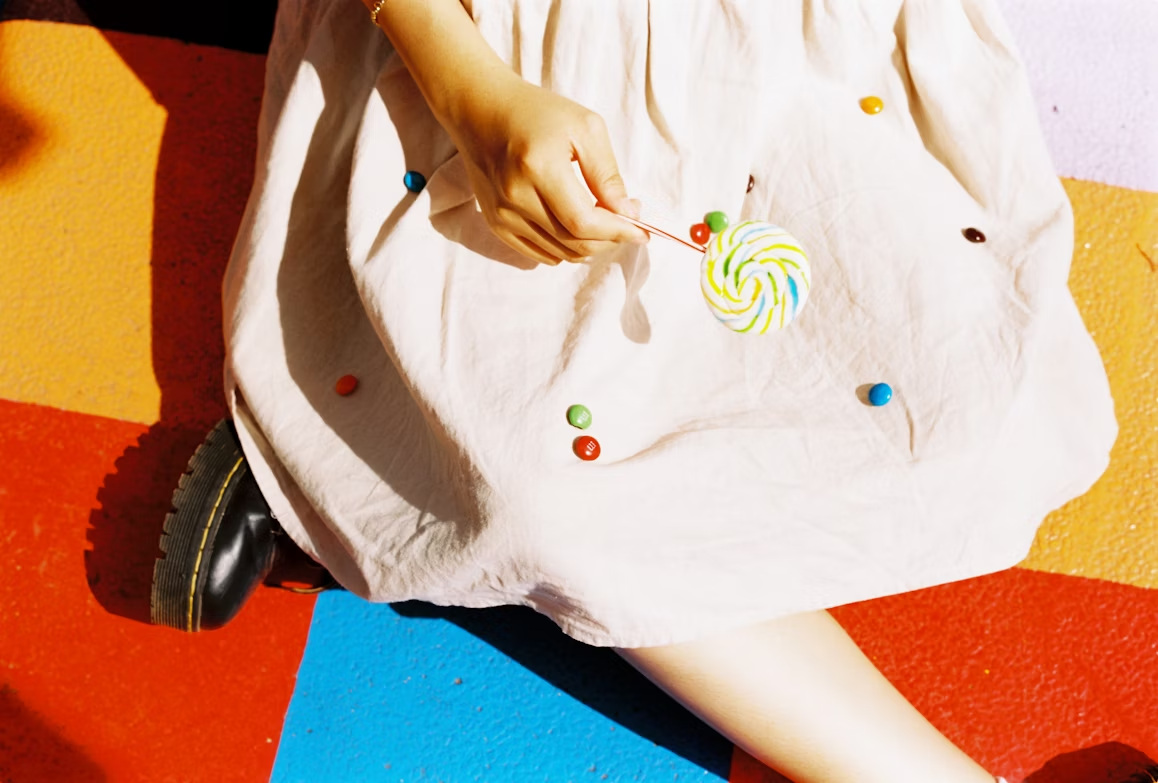
In the ever-evolving world of fashion, color-blocking stands out as a bold yet versatile styling technique. At its core, color-blocking is about combining solid, often contrasting colors to create striking and harmonious outfits. While many associate this technique with clothing, accessories—particularly bags—play an essential role in elevating a color-blocked ensemble from simple to stunning.
When used thoughtfully, a bag can become the central piece of your outfit or the perfect connector between two bold tones. Whether you’re looking to make a style statement, explore creative combinations, or simply get more from the colors already in your wardrobe, understanding how to color-block with bags can help you achieve a look that’s chic, cohesive, and full of personality.
Color-blocking originated in modern art and became a fashion staple in the 1960s thanks to designers like Yves Saint Laurent, who famously drew inspiration from the works of Piet Mondrian. This era marked the first time vivid, geometrically arranged colors were translated into garments and accessories alike. Over the decades, color-blocking has evolved—at times bold and geometric, other times subtle and tone-on-tone—but its essence remains the same: contrast, confidence, and creativity.
In recent years, fashion houses and indie labels alike have embraced color-blocking in bags. From structured leather totes with tri-color panels to soft hobo bags that mix unexpected shades, color-blocked bags are now a go-to for those who want to express a bit more through what they carry.
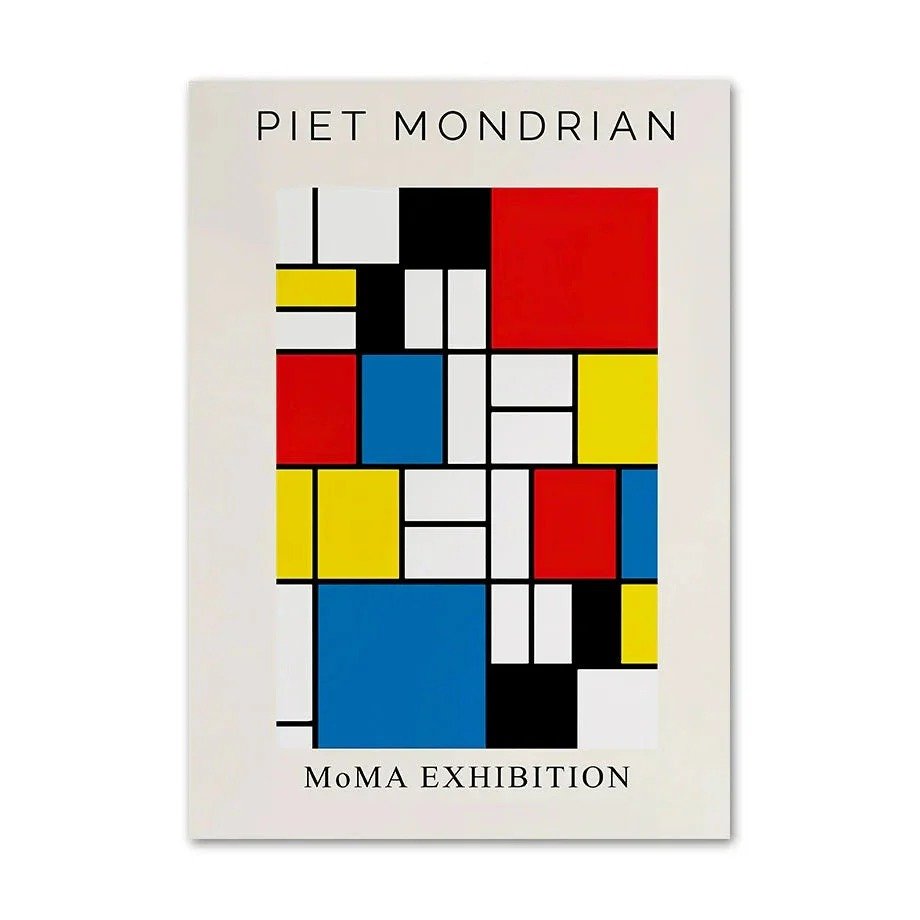
Color-blocked bags are not just trendy—they’re remarkably practical. By featuring multiple colors, they’re inherently easier to match with a wider variety of outfits. A tri-color bag in navy, cream, and mustard, for example, can pair with jeans, a navy blazer, or a beige dress—all without needing a second thought.
More importantly, these bags offer a dynamic focal point. Even the most minimal outfits—like a black turtleneck and tailored pants—can be instantly elevated with a bold-colored or creatively blocked handbag. For those who prefer neutral wardrobes but want a pop of style, a color-blocked bag becomes the perfect expression piece.
Before diving into pairing combinations, it’s helpful to understand the basic relationships between colors:
| Color Pairing Type | Description | Examples |
|---|---|---|
| Complementary | Colors opposite on the color wheel; high contrast | Blue & Orange, Red & Green |
| Analogous | Colors next to each other on the wheel; harmonious | Blue & Teal, Pink & Purple |
| Triadic | Three evenly spaced colors on the wheel | Red, Yellow, Blue |
| Neutral + Bold | A bold color matched with a neutral for balance | Beige + Fuchsia, White + Royal Blue |
Understanding these relationships allows you to choose bags that either boldly contrast or subtly support your outfit, depending on the look you’re going for.
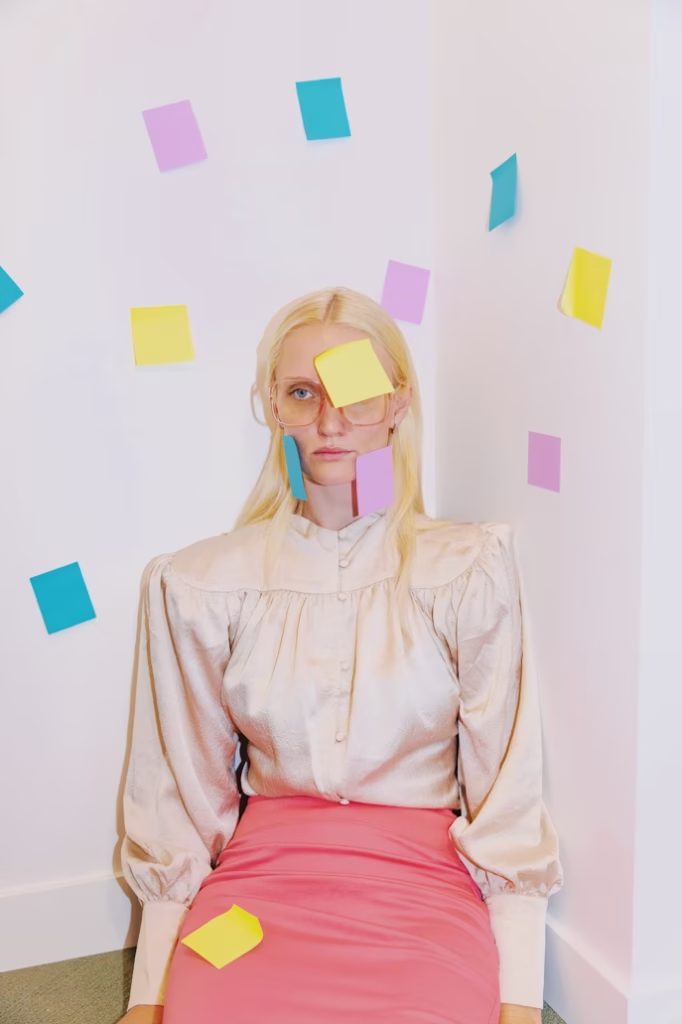
One of the most exciting aspects of color-blocked bags is their versatility. The same bag can be styled for different occasions simply by adjusting the colors or outfit base. Here’s how to make it work across scenarios:
For casual daywear, start with a neutral outfit such as jeans and a white tee or a khaki shirt dress. A vibrant color-blocked crossbody in orange and sky blue can provide a youthful, fresh twist. On the other hand, workwear benefits from bags that use richer, more grounded colors. Consider a structured satchel in wine, tan, and navy—elegant, yet far from boring. Eveningwear tends to favor either minimalist elegance or bold glamour. A clutch with metallic and jewel-tone blocks—say, gold, emerald, and black—can pair beautifully with a little black dress or a tailored jumpsuit.
The key lies in proportion. Let the bag lead if the outfit is muted, or let it complement if the outfit already carries visual weight. Avoid overloading too many colors unless intentional, and always aim for balance.
While color-blocking is inherently bold, the level of contrast and style of bag can dramatically shift the effect. For those new to the trend, starting with bags that feature subtle blocking—perhaps shades from the same family—is a safe and elegant entry point. Think beige paired with cream and blush, or navy mixed with slate and gray.
Fashion risk-takers, however, may gravitate toward high-contrast combinations. Bags that feature black and citron yellow, electric blue and rust orange, or purple and lime green can inject excitement and individuality into the simplest outfits. Structured silhouettes tend to look more polished with bold blocks, while slouchy or rounded styles offer a relaxed, playful approach to color mixing.
It’s also worth considering bag size. A bold color-blocked backpack or tote commands more attention than a small crossbody or clutch. If you want your bag to be the hero of your outfit, go large and loud. If it’s a supporting detail, choose a smaller style with accent blocks rather than full panels.
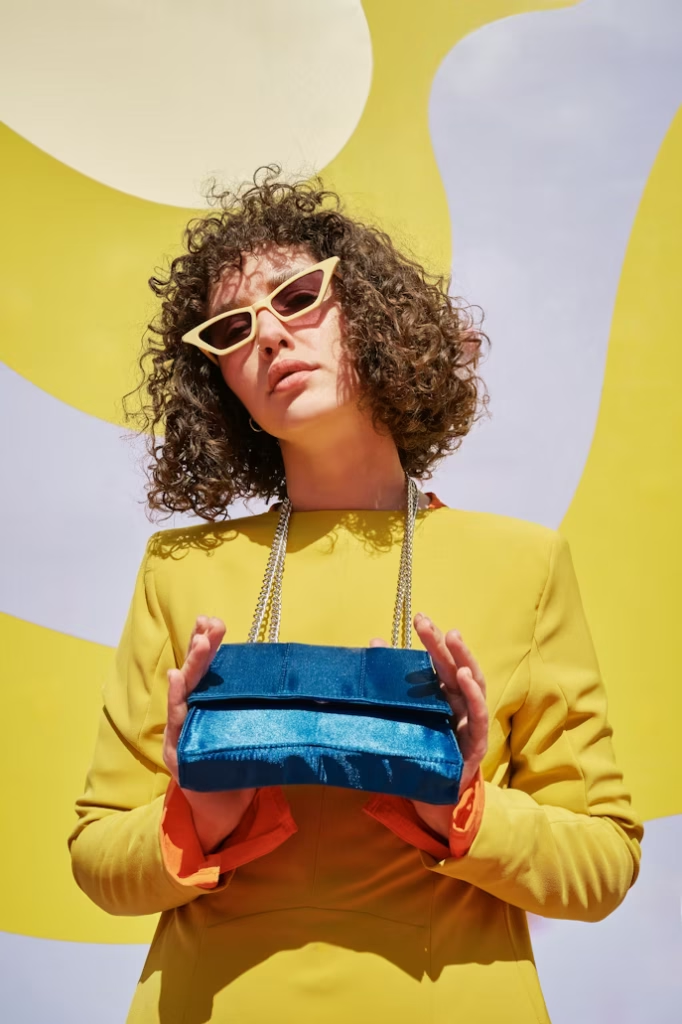
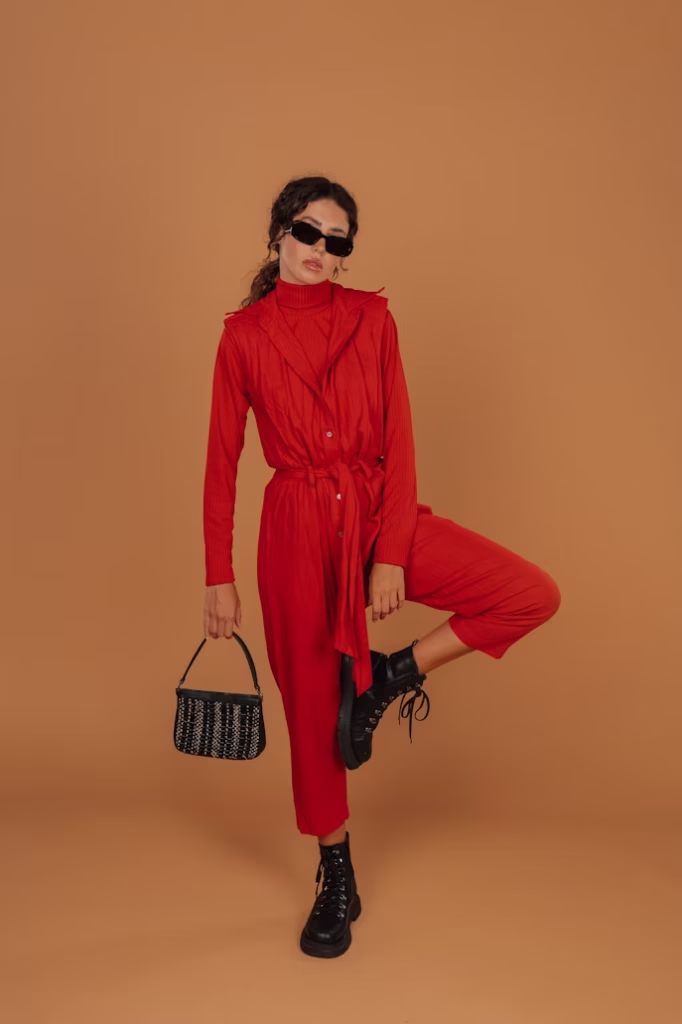
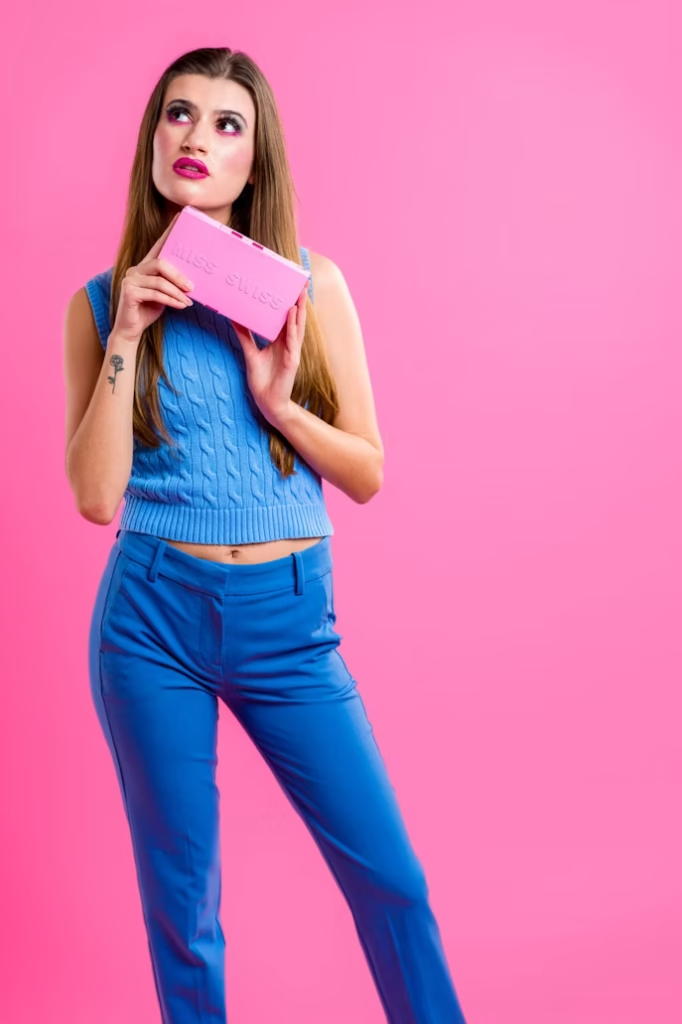
Color-blocking doesn’t live in color alone. The materials used in a bag can impact how color is perceived. A matte canvas bag featuring soft, muted tones feels very different from a high-shine patent leather bag with glossy, saturated colors. Even when using the same color palette, the finish can transform the entire aesthetic.
For an urban, contemporary look, pair bold color panels in pebbled leather or vinyl. For something earthy and organic, color-blocked jute, straw, or cotton canvas bags are perfect choices, especially in warm seasons. Luxury brands often experiment with mixed materials—such as suede and leather or nylon and shearling—to not only contrast colors but textures as well, adding dimension to every piece.
Your choice of color combinations and bag styles may also vary depending on the season. Bright and saturated tones tend to thrive in spring and summer, while deeper or dustier colors pair better with autumn and winter wardrobes.
| Season | Go-To Color Combos | Ideal Bag Materials | Outfit Match Ideas |
|---|---|---|---|
| Spring | Blush + Olive, Lilac + Tan | Canvas, Faux Leather | Floral dresses, Light denim |
| Summer | White + Lemon, Coral + Aqua | Straw, Nylon | Maxi skirts, Linen tops |
| Fall | Rust + Navy, Mustard + Brown | Leather, Suede | Trench coats, Wide-leg pants |
| Winter | Black + Emerald, Burgundy + Gray | Velvet, Patent Leather | Wool coats, Layered knits |
Using seasonal colors doesn’t mean being predictable—it means staying in sync with the tones of your wardrobe, weather, and mood.
As fashion becomes more expressive and sustainability-conscious, the 2025 bag trends reflect a blend of bold aesthetics and practical values. Color-blocking remains a key design feature, especially in the following forms:
Emerging brands are also creating customizable bags where users can select their own color blocks, offering a level of personalization never seen before in mainstream fashion.
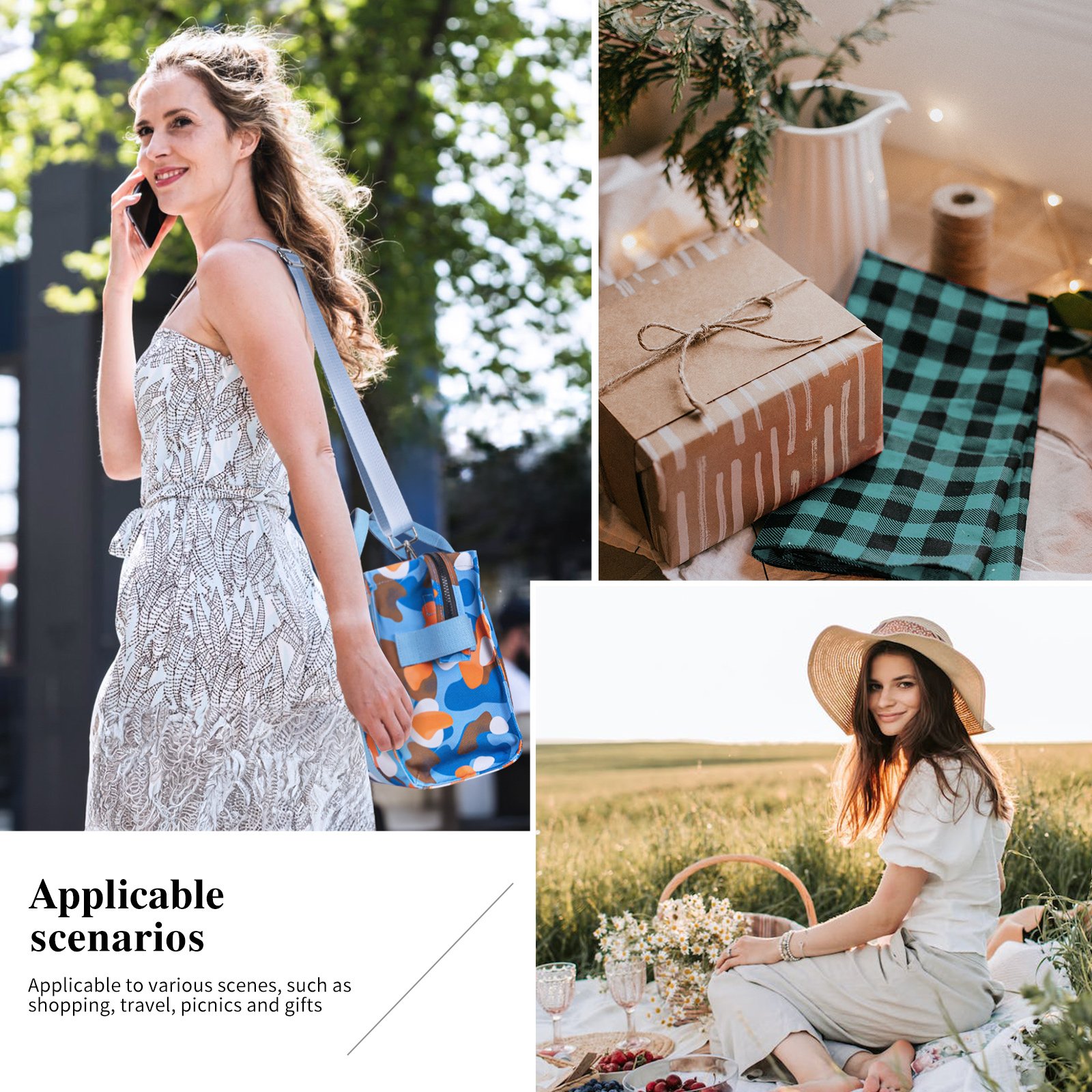
Color-blocking is more than just a style trend—it’s a design mindset that embraces individuality, creativity, and balance. When it comes to bags, this technique gives you the freedom to be expressive, stylish, and even strategic. Whether you’re new to the idea or a long-time fan, a color-blocked bag is a great way to refresh your wardrobe without replacing your essentials.
Choose the tones that speak to you, consider the mood you want to express, and let your bag tell your story—one bold block at a time.